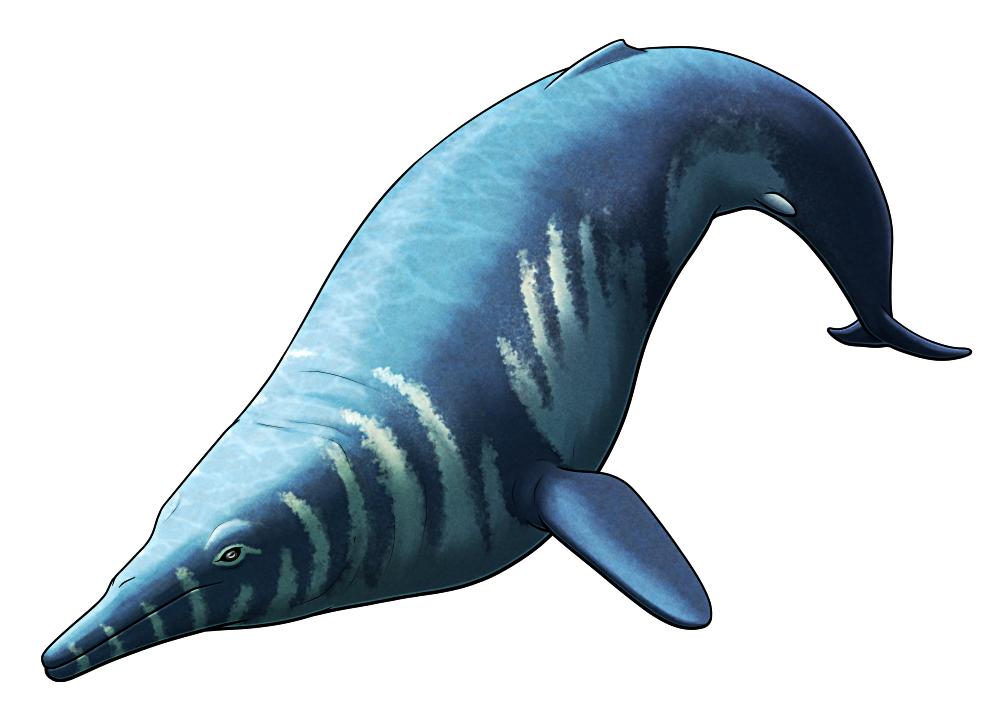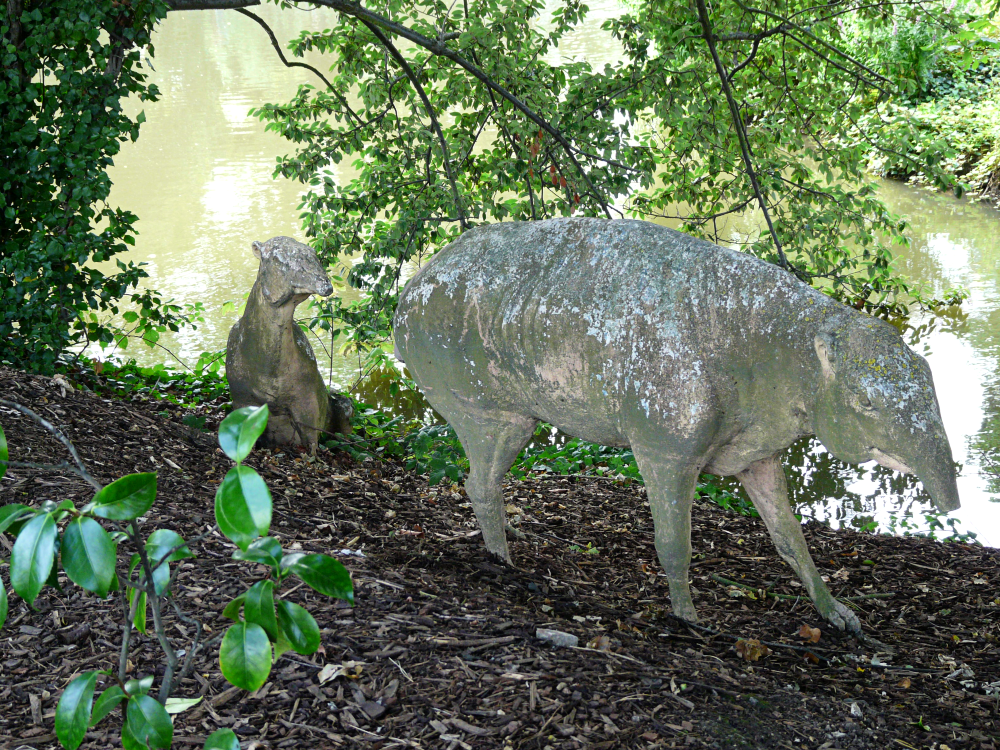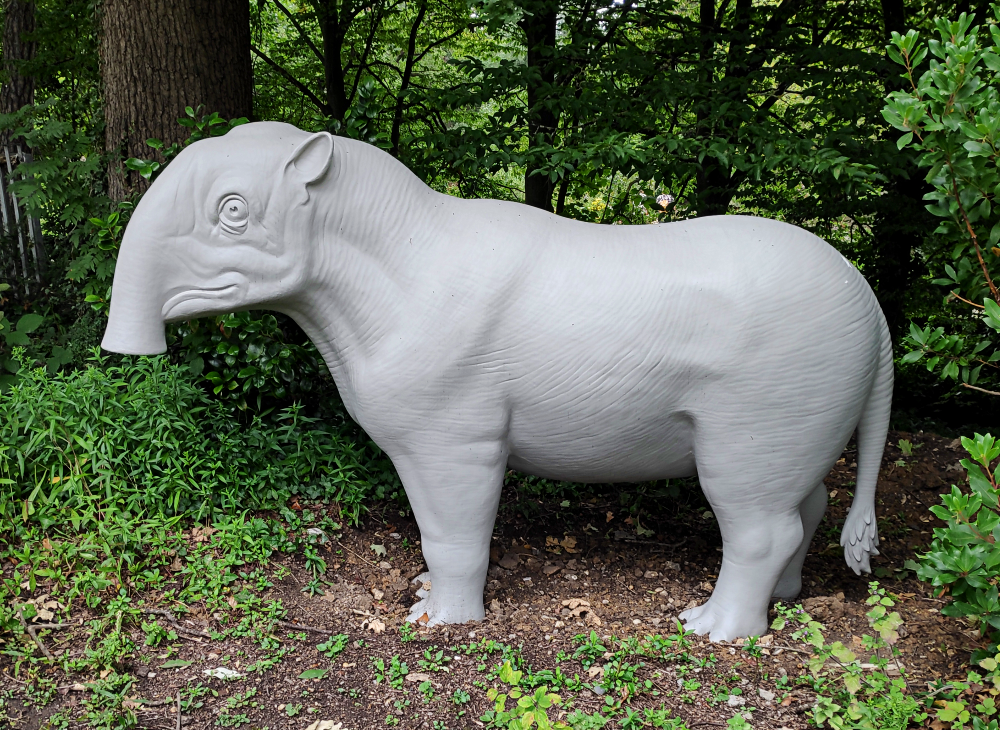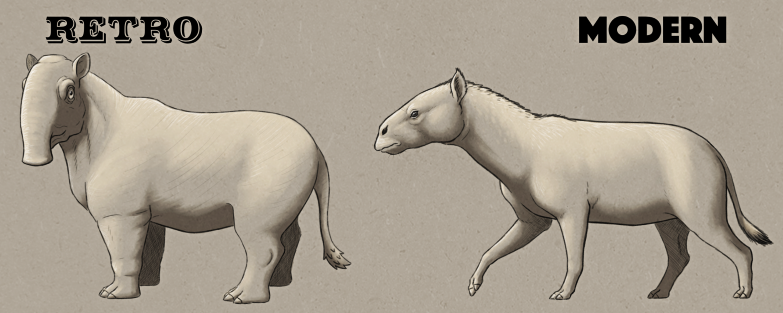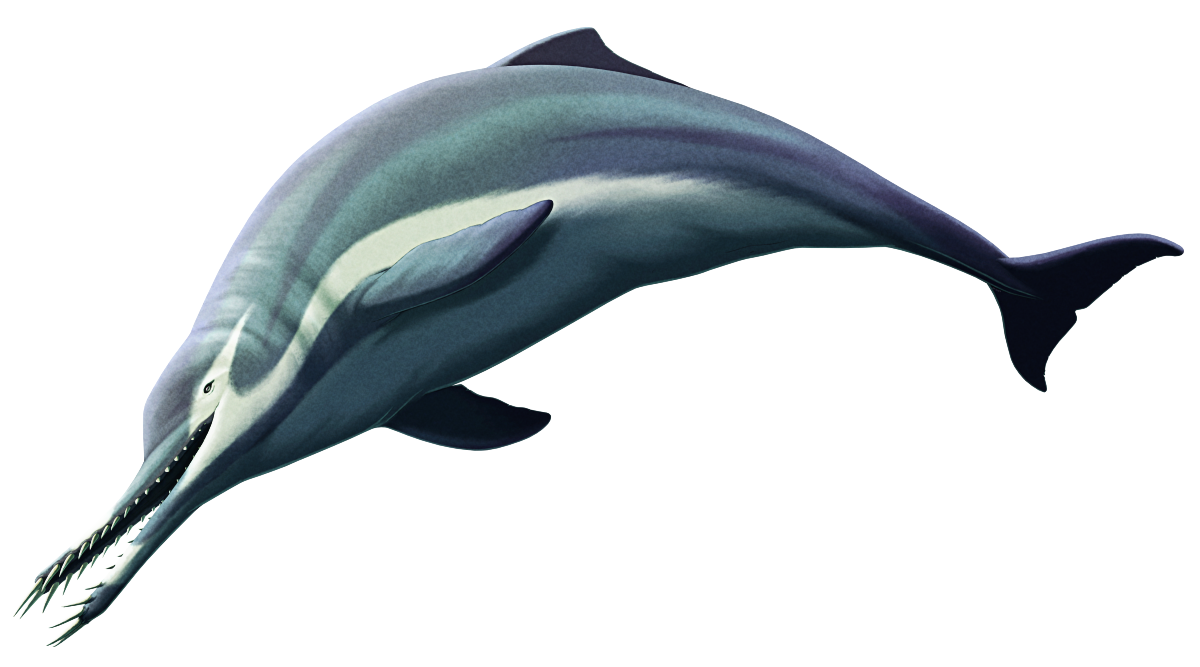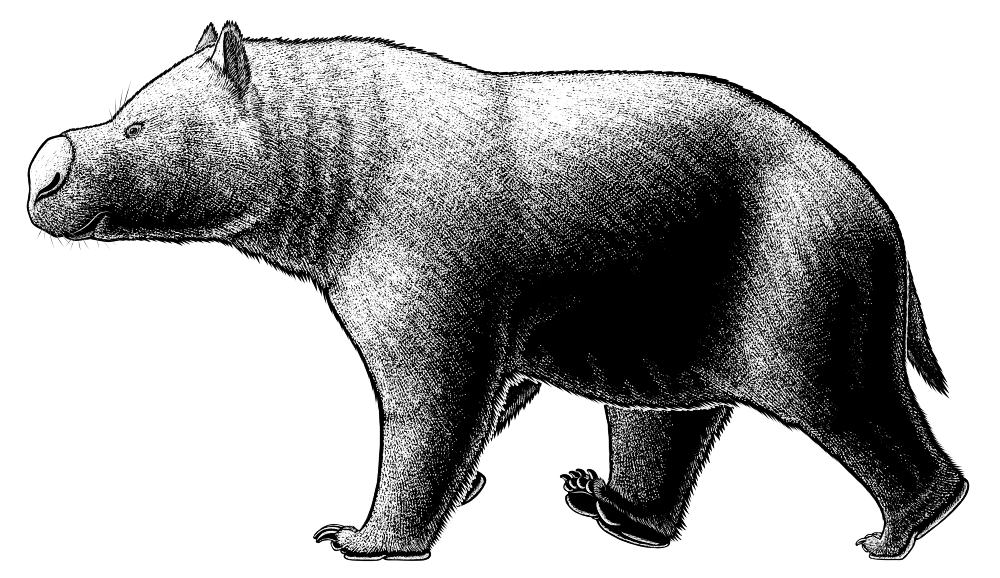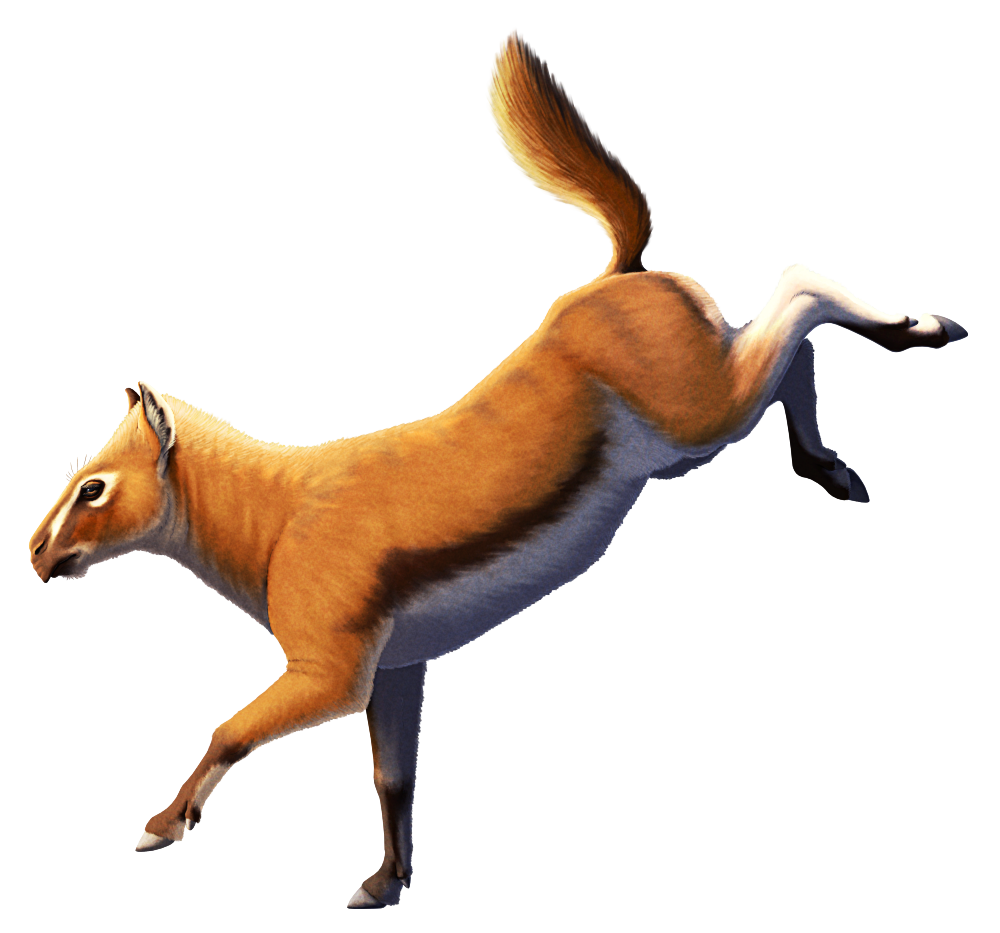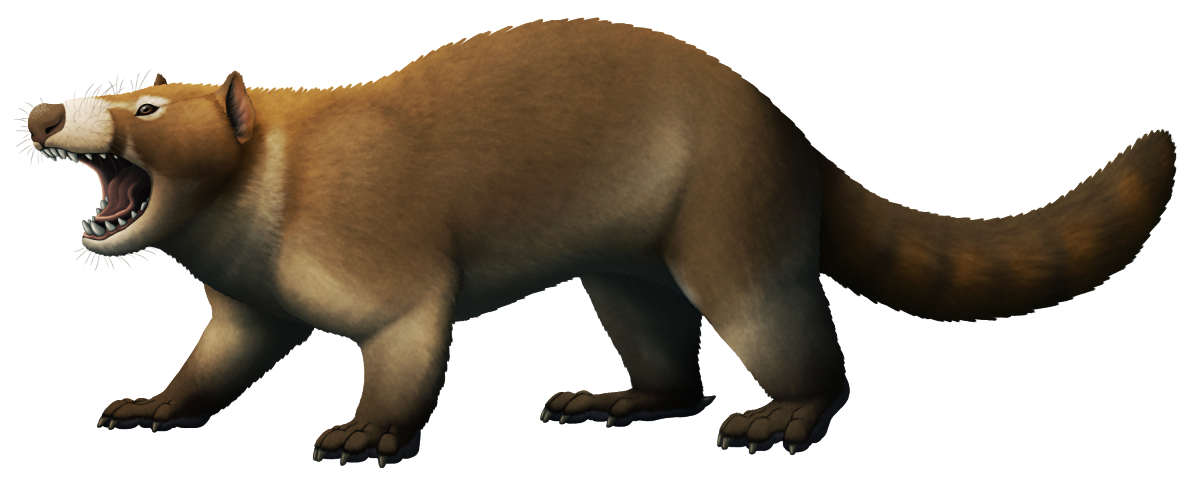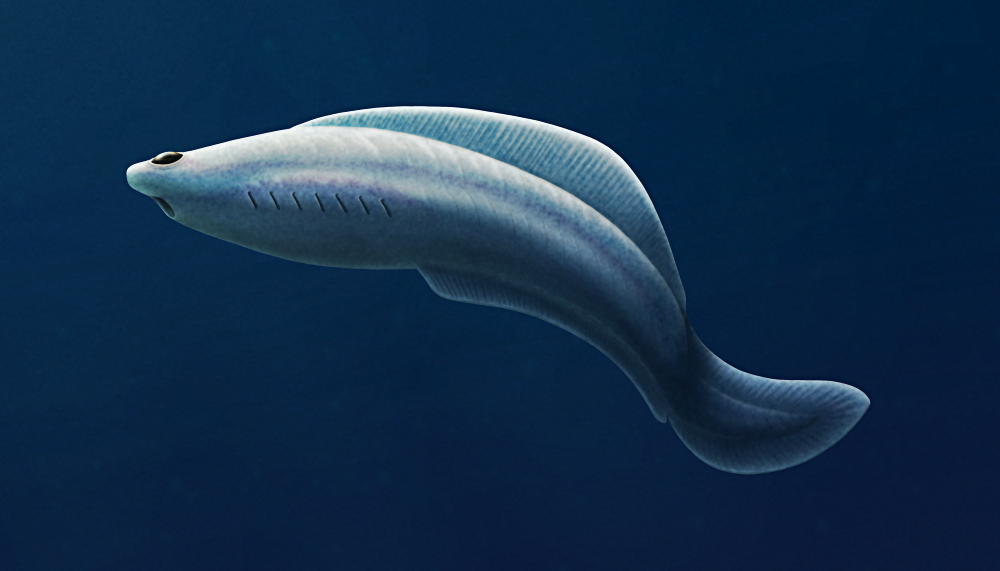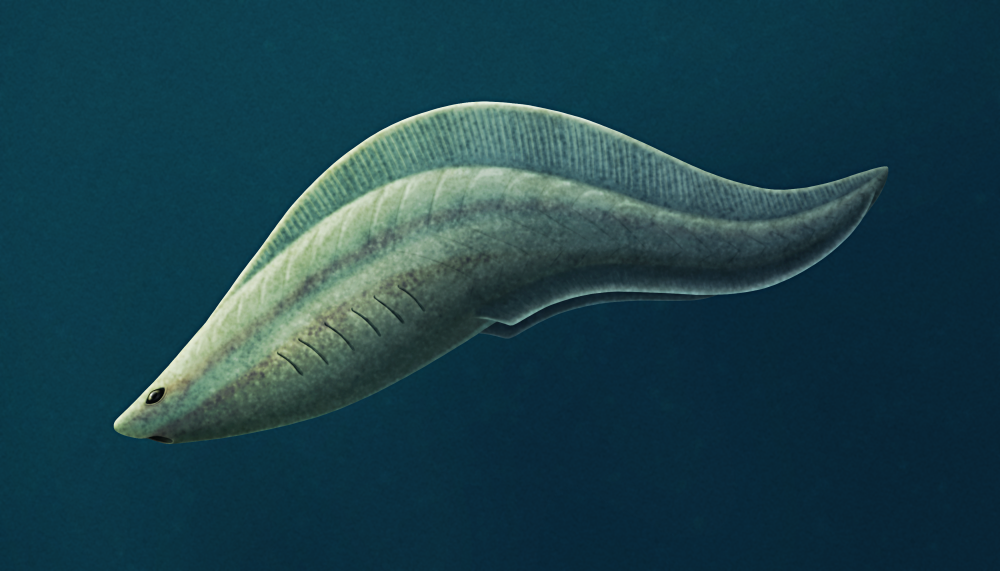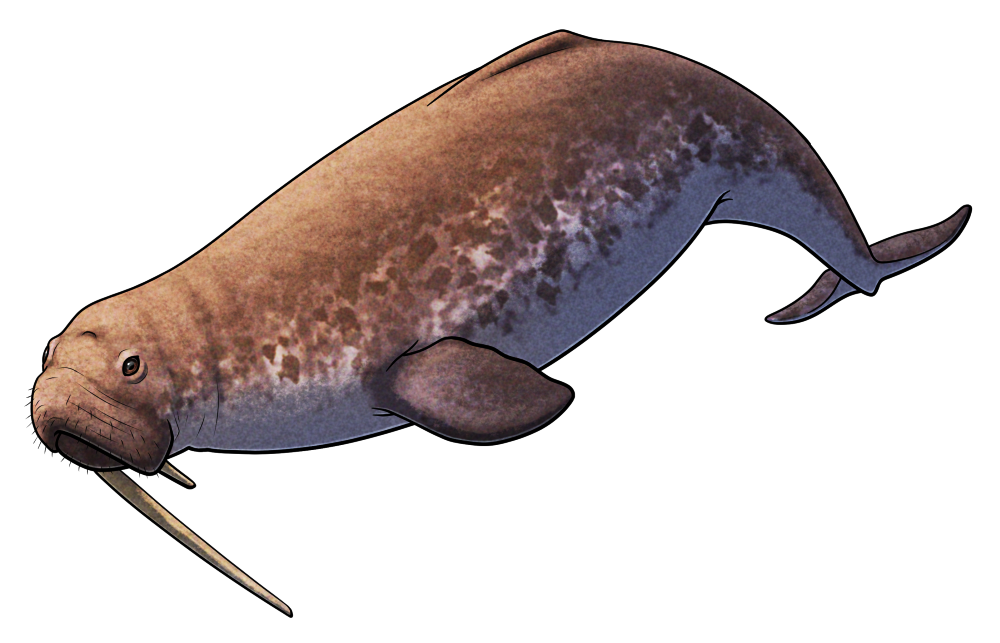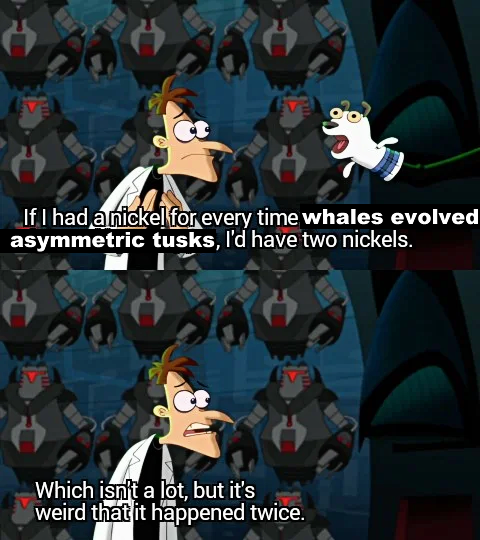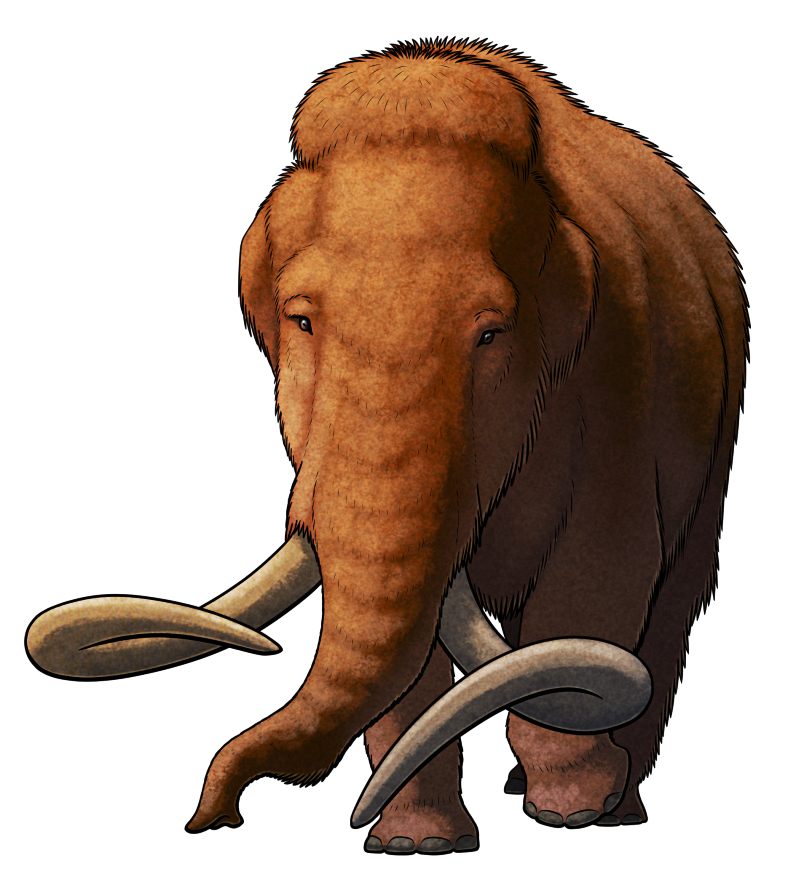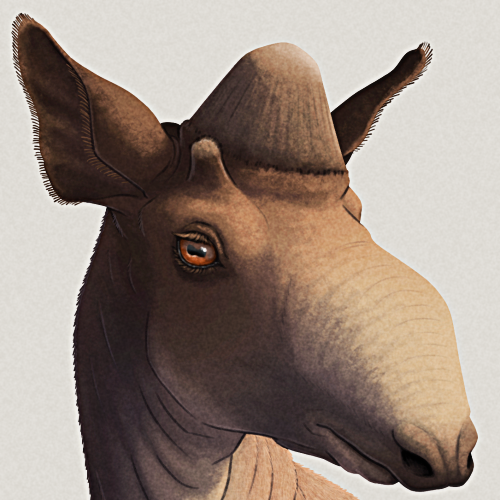An anonymous submitter asked for a “derived carnivorous, pack-hunting agriochoerid“:
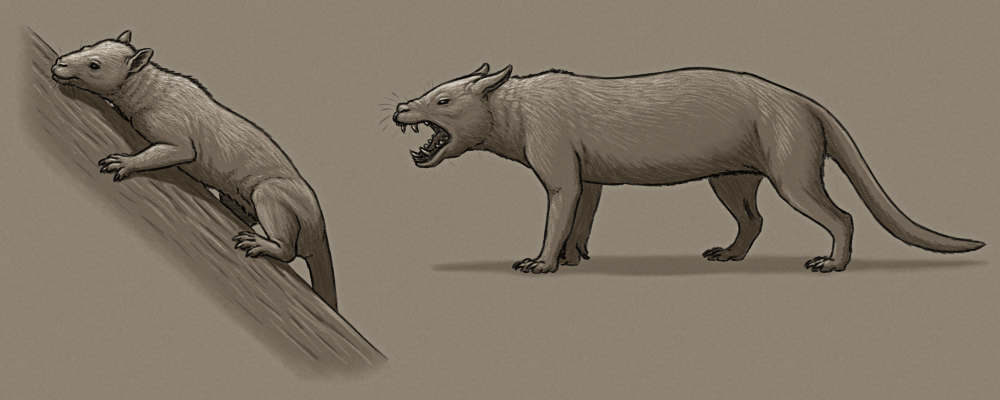
Felichoerus ochlos is fairly similar-looking to its herbivorous relatives, but this cat-sized agriochoerid comes from a lineage that initially specialized in eating fleshy fruits – and then shifted towards eating actual flesh.
With its long cat-like body, forward-facing eyes, clawed digits, and flexible limbs, it’s a capable tree climber. Groups of this animal practice cooperative hunting, with one member chasing arboreal prey down to the ground for the rest to mob.
And another anon wanted to see an “obligate carnivore bovine”:
(I see what you did there. A literal carnotaurus!)
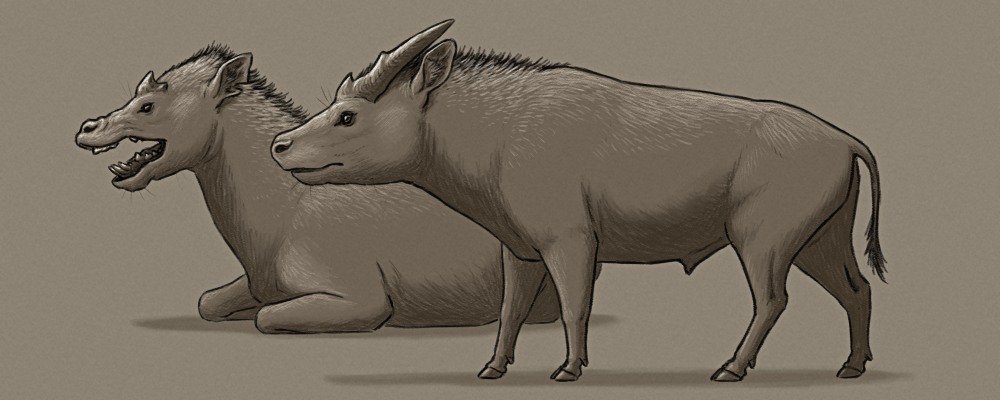
The bulltcher (Carnovitulus grassator) is a sheep-sized descendant of small buffalo that gradually took up more and more omnivorous diets, eventually becoming somewhat entelodont-like opportunists. This particular species has shifted over into hypercarnivory, occupying a predator niche in an ecosystem lacking other types of carnivorous mammal.
Like their ancestors they still lack upper front teeth, and instead have modified their dental pad into an almost beak-like tough keratinized structure that their sharp lower teeth can slice and self-sharpen against.
These animals live in small matriarchal herds, with bulls usually hanging around on the edges of the group to protect from threats. Bulls have larger backwards-pointing horns, used to compete with each other for mates – but the size of these structures on their skulls results in them having slightly less powerful jaw muscles than cows.
Herds hunt cooperatively, pursuing and harassing larger prey until it can be brought down and torn apart.


